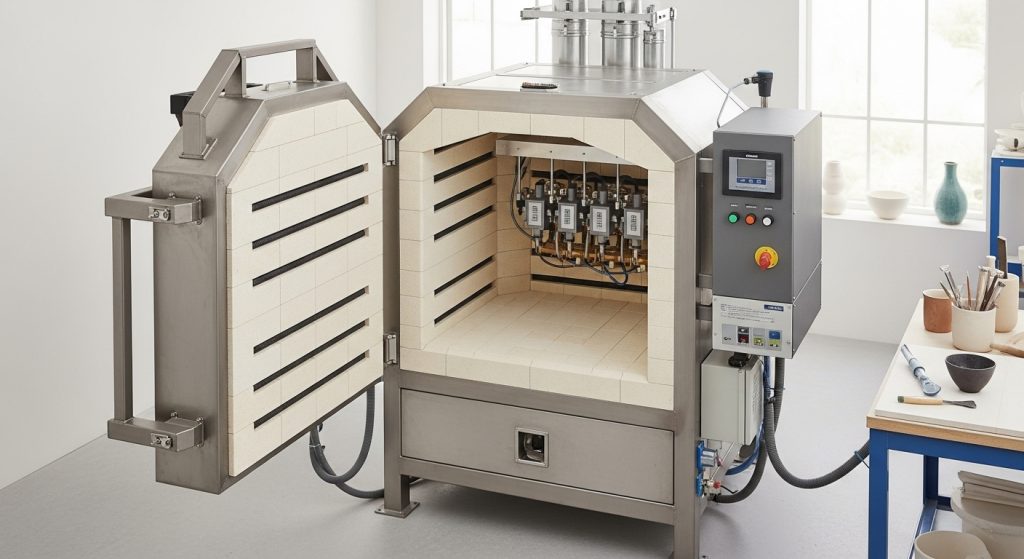Whether you’re just starting out in ceramics or looking to upgrade your studio, finding the right ceramic pottery kiln is one of the most important steps. A kiln is the heart of your pottery practice—it’s where your clay creations are transformed into durable, functional, and artistic works.
This guide will help you understand different kiln types, their features, and how to choose the best one for your space, budget, and pottery goals.
1. Home Pottery Kiln: What to Look For
If you’re planning to fire pottery at home, a home pottery kiln should be compact, energy-efficient, and safe to operate in a residential setting.
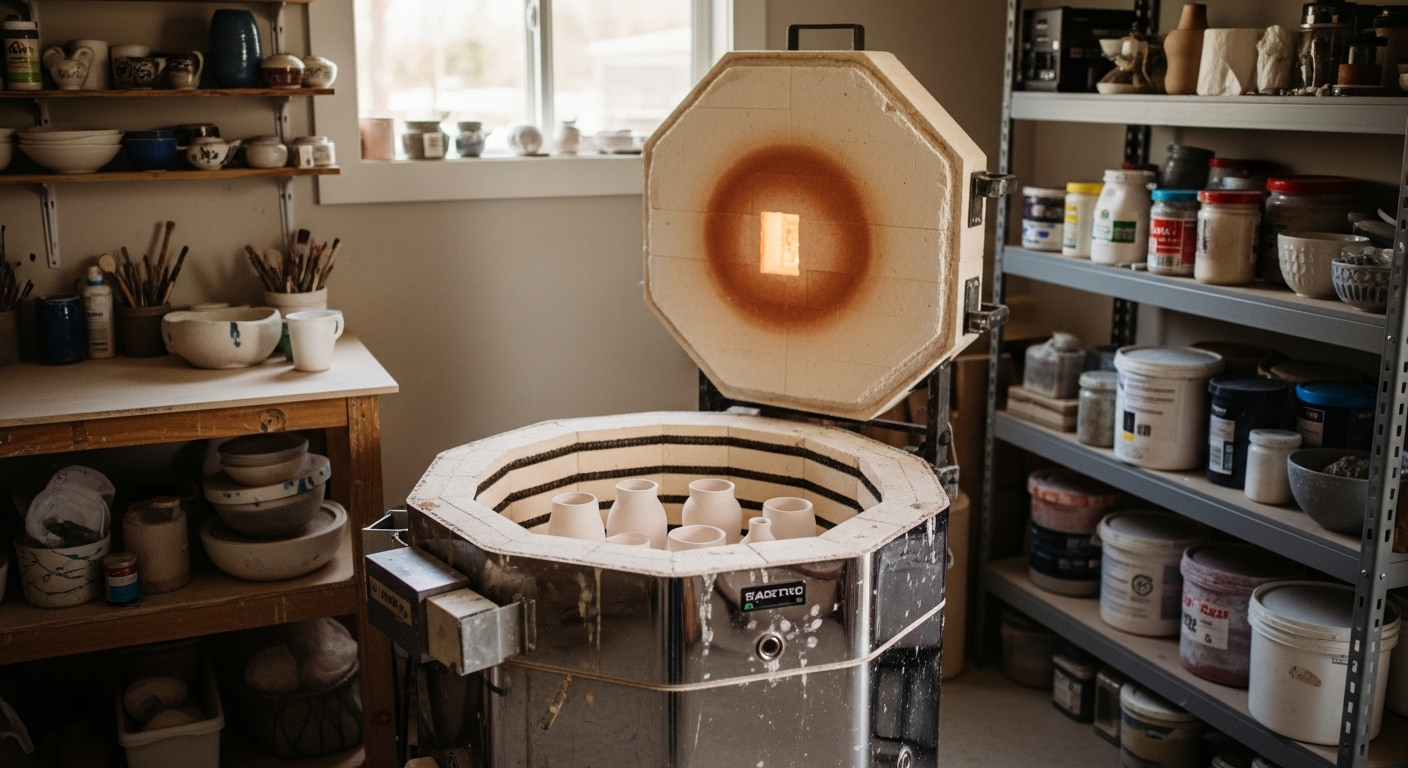
Key features to consider:
- Size: Will it fit in your garage, basement, or dedicated studio space?
- Ventilation: Ensure proper airflow or install a kiln vent system.
- Power: Most home kilns run on 120V or 240V electricity.
- Temperature Range: For mid- to high-fire clay, make sure it reaches cone 5–10.
Great for: hobbyists, beginner ceramic artists, and small batch creators.
2. Mini Kiln for Pottery: Small but Powerful
A mini kiln for pottery is ideal if you have very limited space or want to make jewelry, test tiles, or fire small pieces. Don’t underestimate their power—many mini kilns can reach high firing temperatures.
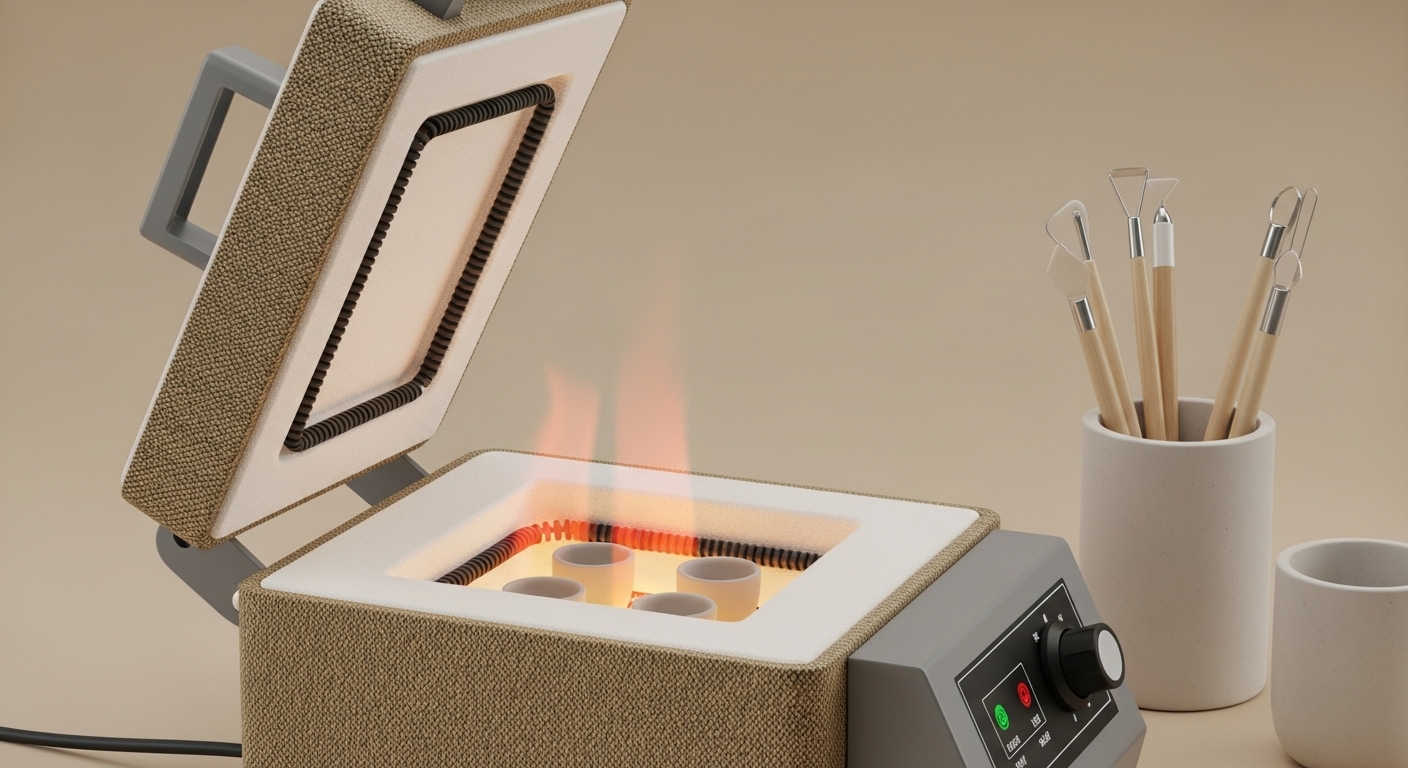
Advantages:
- Portable and easy to store
- Perfect for test firings and small objects
- Lower power requirements and faster firing times
Limitations: Not suitable for large pieces or production-scale work.
3. Small Pottery Kiln: A Step Up in Flexibility
A small pottery kiln bridges the gap between mini kilns and full-size studio kilns. They offer more firing space while still being manageable in home environments.
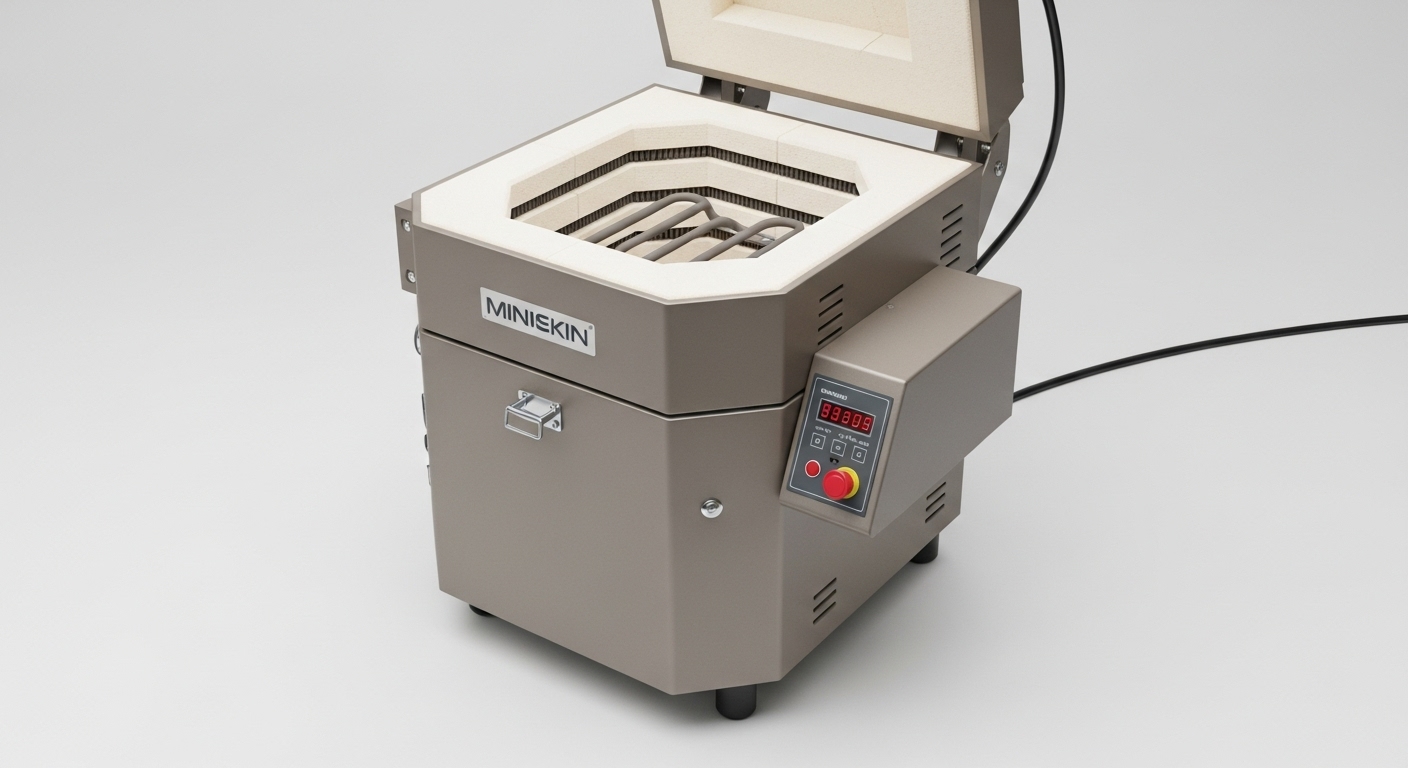
Best use cases:
- Small vases, bowls, mugs, and sculptural work
- Regular use without heavy electric load
- Artists who need flexibility and room to grow
Brands like Skutt, Paragon, and Evenheat offer excellent models in this category.
4. Gas Kiln for Pottery: For Advanced Ceramicists
For potters who want more control over atmosphere and glaze effects, a gas kiln for pottery is a powerful option. These kilns use natural gas or propane and allow for reduction firing, which creates unique surface finishes.
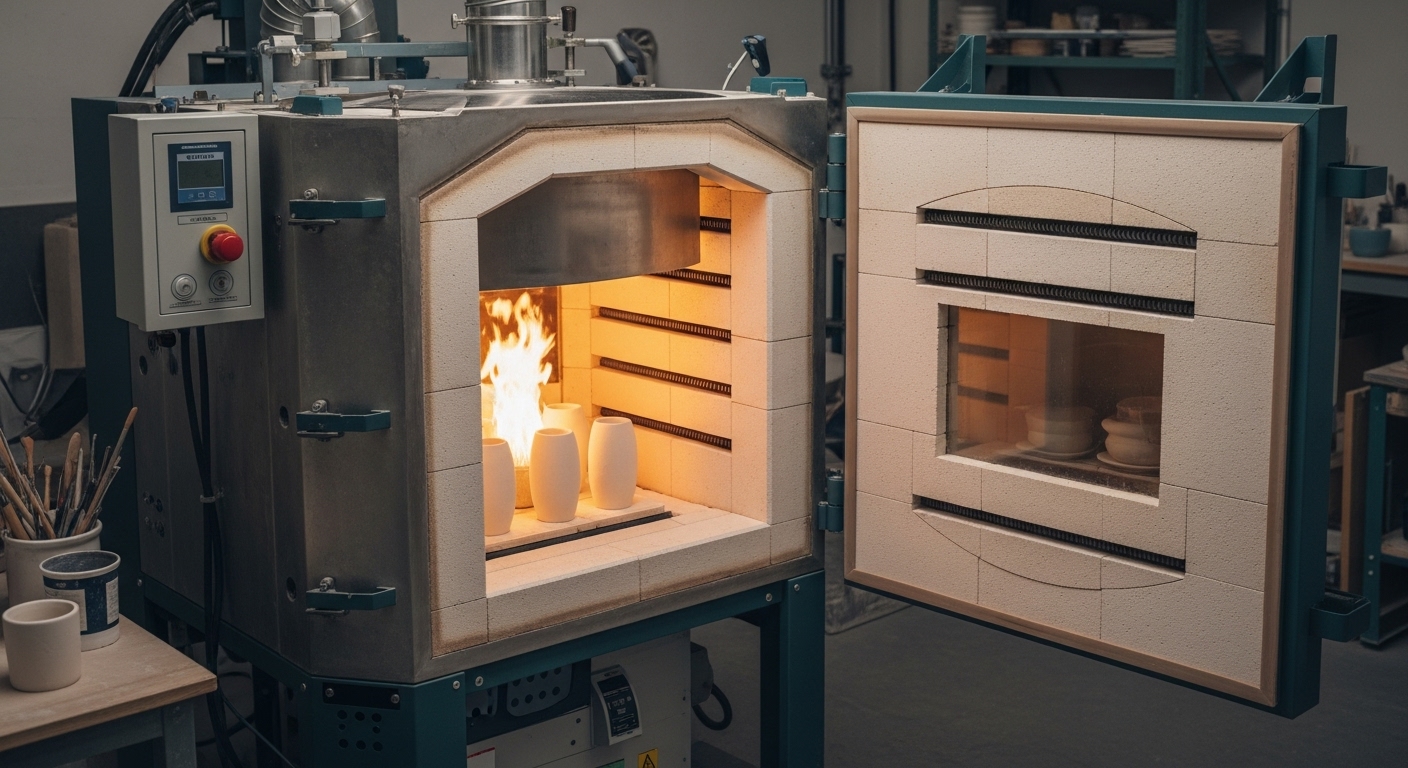
Pros:
- Greater firing control and creative flexibility
- Suitable for large-scale or professional work
- Produces rich, varied glaze results
Cons:
- Requires outdoor installation and proper ventilation
- Higher learning curve and operational cost
- Not ideal for beginners or urban apartments
Kiln Maintenance & Safety Tips
No matter which ceramic pottery kiln you choose, regular maintenance is essential:
- Clean kiln shelves and replace kiln wash regularly
- Check thermocouples and elements for wear
- Follow all manufacturer safety guidelines
- Never fire without proper ventilation
Safety and consistency will ensure your pottery results stay beautiful and your kiln lasts for years.
Investing in a ceramic pottery kiln is a major step in your ceramic journey. Whether you’re starting small with a mini kiln for pottery, firing at home with a small pottery kiln, or going big with a gas kiln for pottery, there’s an option out there to match your needs.
Take time to research, understand your firing goals, and choose a kiln that inspires creativity while fitting into your space and workflow.
